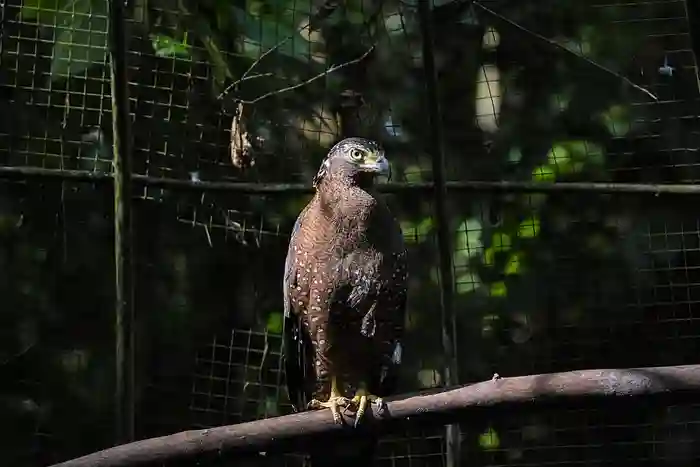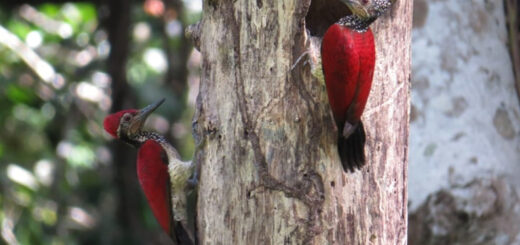Philippine Serpent Eagle – A Watchful Sentinel of the Forest

The Philippine archipelago is home to a dazzling array of endemic wildlife, and among its most enigmatic avian predators is the Philippine Serpent Eagle (Spilornis holospilus). While overshadowed by its larger cousin, the Philippine Eagle, this medium-sized raptor commands its own presence in the dense forest canopies of the country’s islands. With piercing yellow eyes, a strong hooked beak, and a haunting, whistling cry, the Philippine Serpent Eagle is both a stealthy hunter and a symbol of the country’s rich biodiversity.
A Master of the Mid-Canopy
Measuring around 50–60 cm in length, the Philippine Serpent Eagle is not among the largest raptors, but it is perfectly adapted to its niche. It thrives in forest edges, lowland rainforests, and sometimes even secondary growth forests. Its relatively short wings and long tail allow it to maneuver through trees with agility, while its keen eyesight helps it scan the forest floor for prey.
As its name suggests, this eagle primarily preys on reptiles — particularly snakes — but it’s also known to hunt lizards, amphibians, and occasionally small mammals and birds. It typically soars or perches quietly, striking suddenly with precision.
A Distinct Look and Sound
The Philippine Serpent Eagle has dark brown plumage with white spots across the wings and a distinctive crest that can be raised or lowered. Its underparts are barred and paler, offering some camouflage among sun-dappled leaves. What really gives it away, however, is its voice — a loud, rising whistle “weeeeeuuuu weu weu” that echoes through the forest, especially during the breeding season or territorial displays.
Endemic and Often Overlooked
Found only in the Philippines, this eagle is widespread across many of the country’s major islands, including Luzon, Samar, Leyte, and Mindanao, except for Palawan. It is currently listed as a species of Least Concern by the IUCN, but like many forest-dependent animals, it is increasingly threatened by deforestation and habitat fragmentation.
Although not as critically endangered as the Philippine Eagle, the serpent eagle plays a crucial ecological role and serves as an indicator of forest health. Its presence signifies a functioning forest ecosystem — one where reptiles and small mammals thrive, and where the natural food chain is intact.
Conservation Through Awareness
The Philippine Serpent Eagle may not be the face of Philippine wildlife conservation campaigns, but it deserves our attention. Protecting it means protecting the forests it calls home, which in turn helps countless other endemic species survive. As interest in birdwatching and eco-tourism grows in the Philippines, the serpent eagle offers a compelling reason to explore and protect the country’s lesser-known natural wonders.
Philippine Serpent Eagle: Silent Guardian of the Forest
The Philippine Serpent Eagle is a striking example of nature’s balance and beauty. It soars above the canopy, not in search of fame, but as a silent guardian of the forest. By learning more about this bird and sharing its story, we take one step closer to ensuring that future generations will also hear its call echo through the trees.
References:
Wikipedia
EagleEncyclopedia










